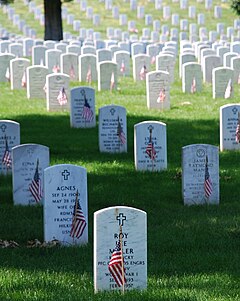Principles 5a & 6
Seeing that we are limited by the respect due to the personality of children we can allow ourselves but three educational instruments - the atmosphere of environment, the discipline of habit and the presentation of living ideas. Our motto is, - 'Education is an atmosphere, a discipline, a life.' When we say that education is an atmosphere we do not mean that a child should be isolated in what may be called a 'child environment' specially adapted and prepared, but that we should take into account the educational value of his natural home atmosphere both as regards persons and things and should let him live freely among his proper conditions. It stultifies a child to bring down his world to the 'child's' level.
I keep reading the last part of this principle over and over. It's comforting to me. You see, I am a minimalist. I don't like waste. I become easily overwhelmed with busy and stuff. I love beautifully clean, plain, and simple. I find earth tones and nature's patterns aesthetically pleasing. I love natural light, wide open spaces, green grass and blue skies...and Charlotte just gave me permission to relish in this simplicity for my children's sake.
It is not an environment that these want, a set of artificial relations carefully constructed, but an atmosphere which nobody has been at pains to constitute. It is there, about the child, his natural element, precisely as the atmosphere of the earth is about us. It is thrown off, as it were, from persons and things, stirred by events, sweetened by love, ventilated, kept in motion, by the regulated action of common sense. - Vol. 6, A Philosophy of Education, p. 96
Charlotte felt a child's '
natural home atmosphere' was the best place for education. I think this point is so important and that as home educators, we need to be careful not to create school at home. Charlotte purports that allowing the child to live under natural conditions rather than a pint sized
'compounded environment' is best. Letting our children walk beside us in the day to day while we cook, clean, garden, and go about our every day tasks is satisfying to children and an important part of education.
Charlotte further addresses our attitude and behavior as part of this atmosphere. She maintains parents remain in authority over their homes, yet cautions us against playing our emotions.
Children must face life as it is; if their parents are anxious and perturbed children feel it in the air. "Mummie, Mummie, you aren't going to cry this time, are you?" and a child's hug tries to take away the trouble. By these things children live and we may not keep them in glass cases; if we do, they develop in succulence and softness and will not become plants of renown. But due relations must be maintained; the parents are in authority, the children in obedience; and again, the strong may not lay their burdens on the weak; nor must we expect from children that effort of decision, the most fatiguing in our lives, of which the young should generally be relieved. - Vol. 6, A Philosophy of Education, p.97
Lastly, Charlotte again steers us toward
the issue of 'love of knowledge' vs. 'love of marks', and material rewards.
We foresee happy days for children when all teachers know that no other exciting motive whatever is necessary to produce good work in each individual of however big a class than that love of knowledge which is natural to every child. - Vol. 6, A Philosophy of Education, p. 98
As we near the end of our 2014-2015 school year, I'm reassessing my thoughts on education based on what I'm learning through this study of Charlotte's 20 Principles. I'm constantly struck by how common sense her ideals are, yet how far away we've gotten from this in current academia. I'm looking forward to purging this summer as my desire is to focus simply on truth, beauty, and goodness in our home education.































